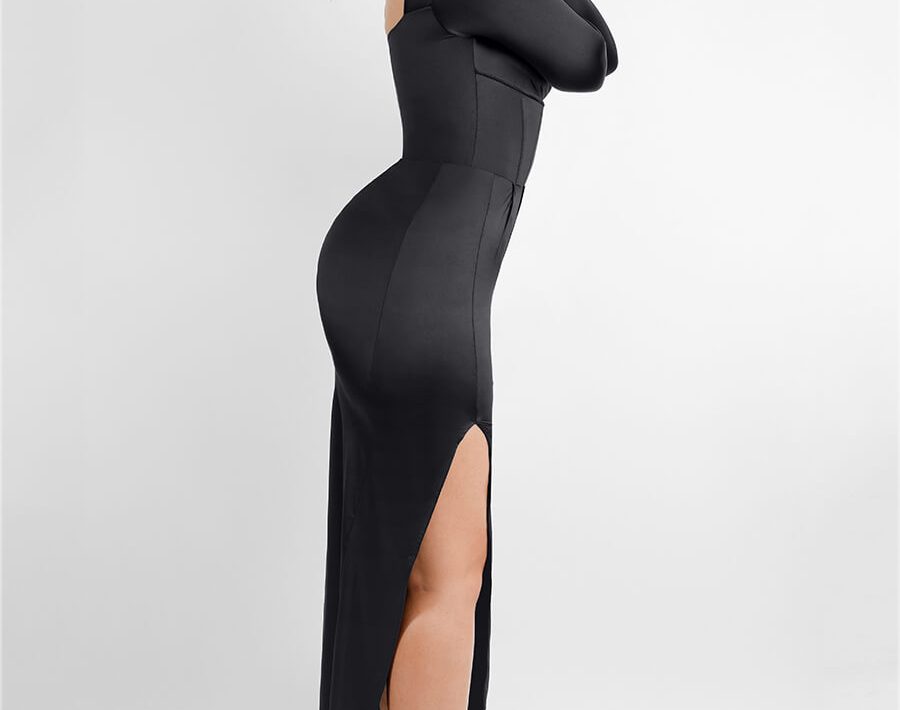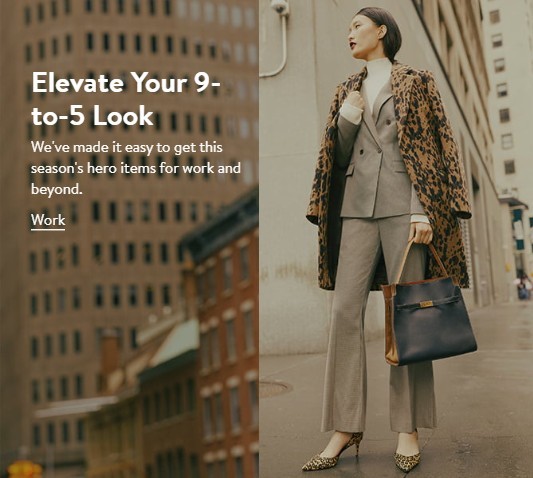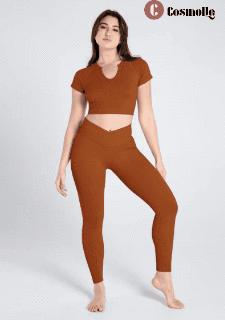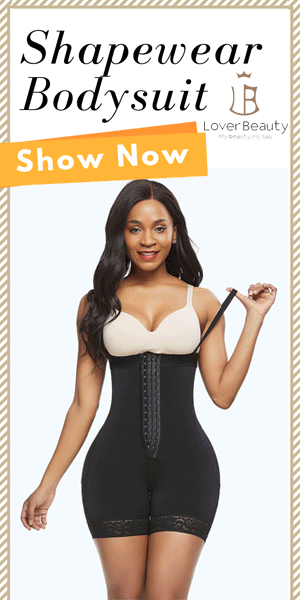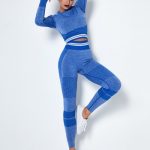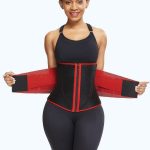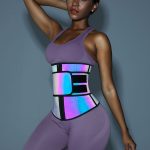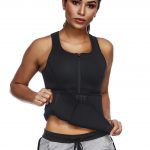Shapewear has changed dramatically over time, going from a secret undergarment to a fashion essential that women boldly wear as outerwear. So, it reflects alterations in social views on body image, self-confidence, empowerment, and shifting fashion trends.
Let’s see the shapewear’s transition from innerwear to outerwear in more detail.
The Birth of Shapewear
It has been known for millennia that underwear can be shaped. For instance, corsets were very common in the 16th century and were a sign of women’s fashion well into the 20th. These undergarments were infamous for their tight fit, emphasizing a small waist at the expense of comfort.
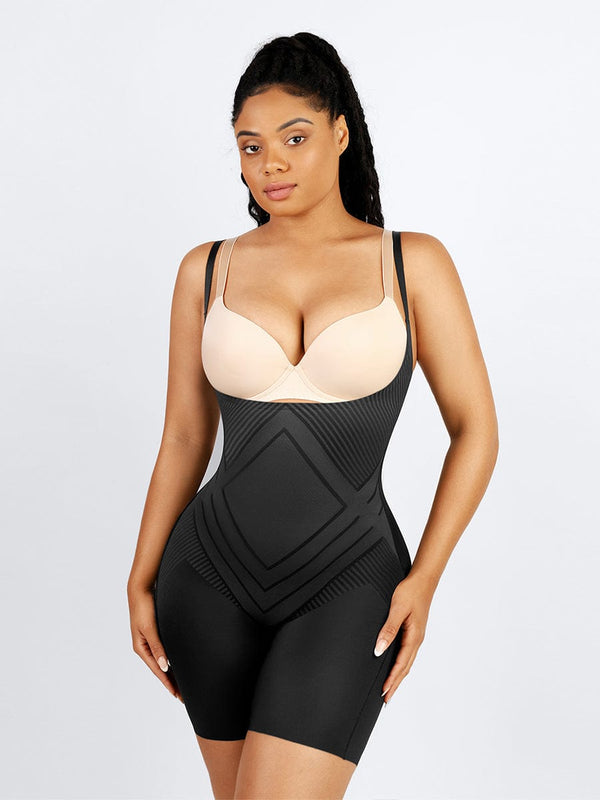
Girdles were more popular as a more practical corset substitute in the early 20th century. Without the harsh confinement of corsets, these undergarments provide support and shape. Also, they were popular among women because they provided a smoother shape beneath garments, especially during tailored dresses.
The Era of Liberation
In the middle of the 20th century, there was a move away from constricted undergarments as women’s liberation movements gained steam. The feminist movement urged women to accept their natural bodies and to rebel against social pressures to meet idealized beauty standards.
Many ladies completely stopped using shapewear in favor of ease and freedom. But, it did not take long for women to own themselves and start buying wholesale shapewear outerwear to have confidence in their daily looks. You can be one of the ladies that you look up to on social media and want to be like them.
Shapewear’s Resurgence
Shapewear saw a renaissance in the latter half of the 20th century and the beginning of the 21st. However, there was a catch to this resurrection. Shapewear was now viewed as a way to accentuate one’s natural curves and increase confidence rather than as a tool to alter one’s shape significantly. Therefore, we can now see many waist trainer vendors offering stretchy, breathable fabrics that permitted movement mobility and were used in modern shapewear design to maximize comfort.
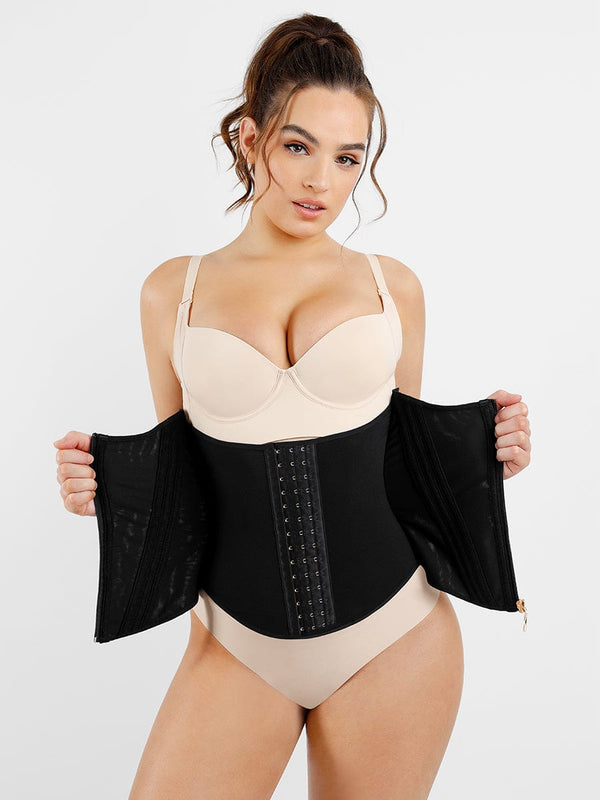
In the early 2000s, some companies marked a turning point in developing shapewear. By providing a variety of shapewear goods that were both practical and fashionable. They revolutionized the business. These undergarments were created to shape softly and smooth contours while practically disappearing beneath clothing.
Shapewear as Outerwear
Shapewear began to enter the fashion industry as it improved in comfort and functionality. Shapewear-inspired tops, bodysuits, and leggings quickly gained popularity among women who wanted to emphasize their curves while still looking fashionable and sophisticated.

Shapewear as outerwear became very popular thanks in large part to celebrities. Kim Kardashian and Beyoncé, two well-known people, started showing shapewear in their ensembles on red carpets and social media. Due to this exposure, there is an increase in demand for new arrival shapewear that is also fashionable. Many other social media influencers are promoting such shapewear.
The Empowerment Factor
The role of shapewear in empowering women is one of the most unique parts of its evolution. Shapewear is today used by women to express their individuality and confidence; in the past, it was connected to social demands to adhere to a specific body shape. Women are publicly displaying their shapewear rather than hiding it.
To accommodate various body types, shapewear has also increased the range of products it offers. Brands are putting inclusivity at the forefront by acknowledging the beauty found in all shapes and sizes. The trend towards inclusivity has given women more power to love their bodies and celebrate their individuality.

